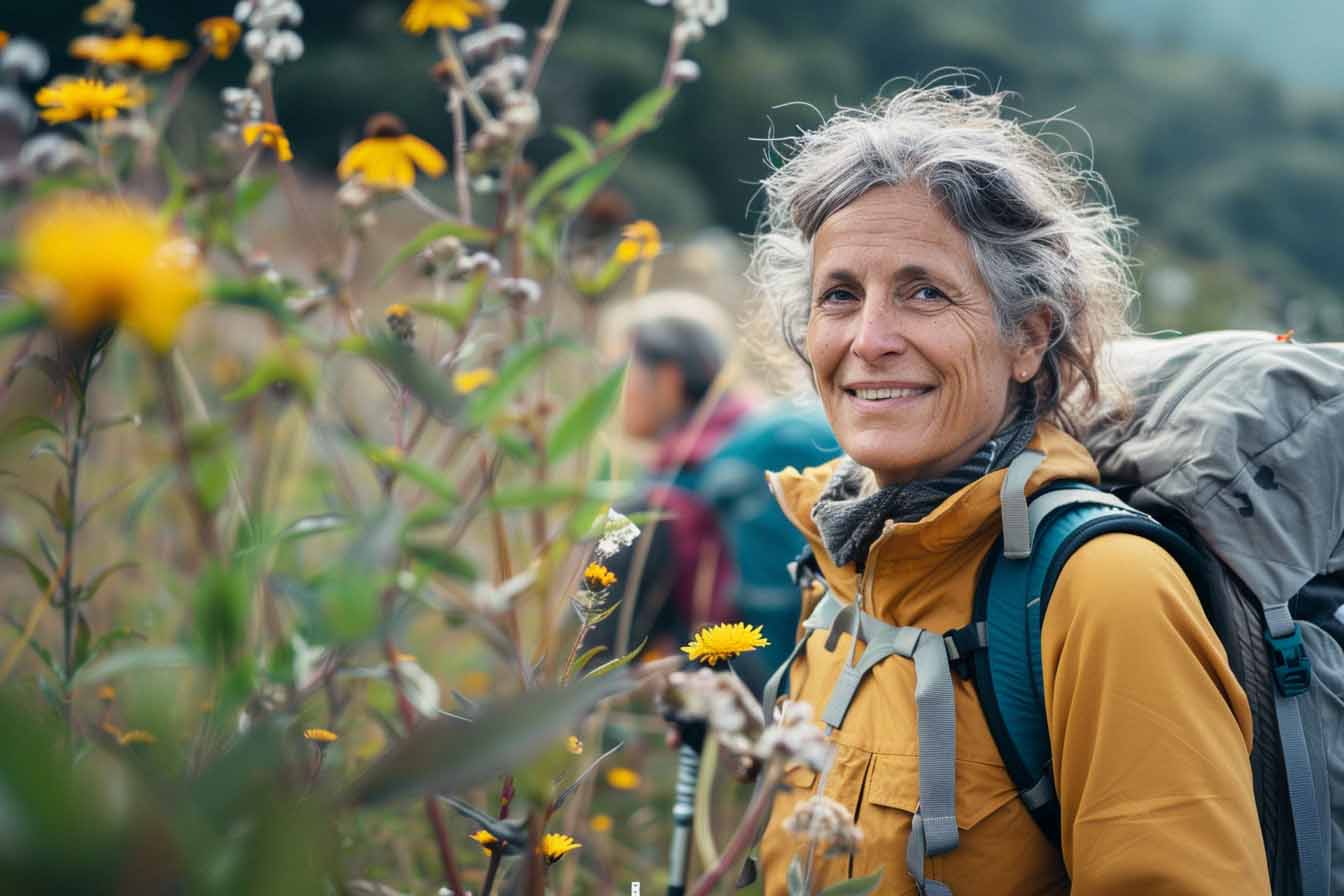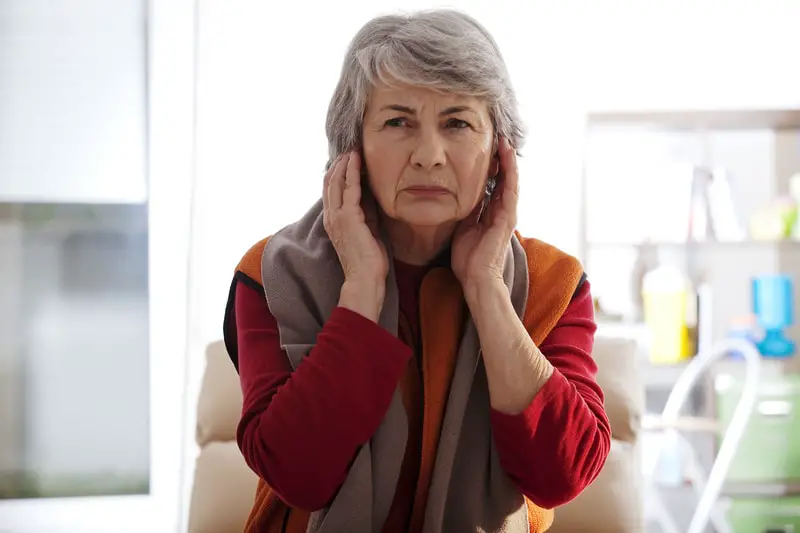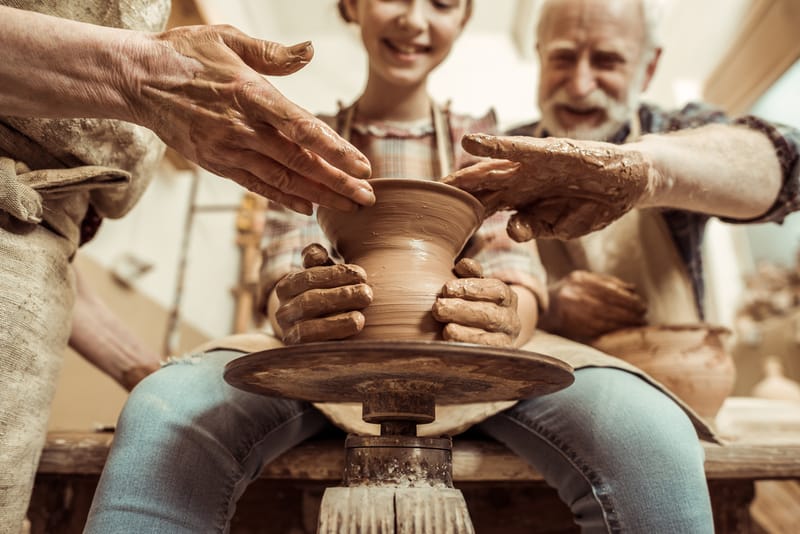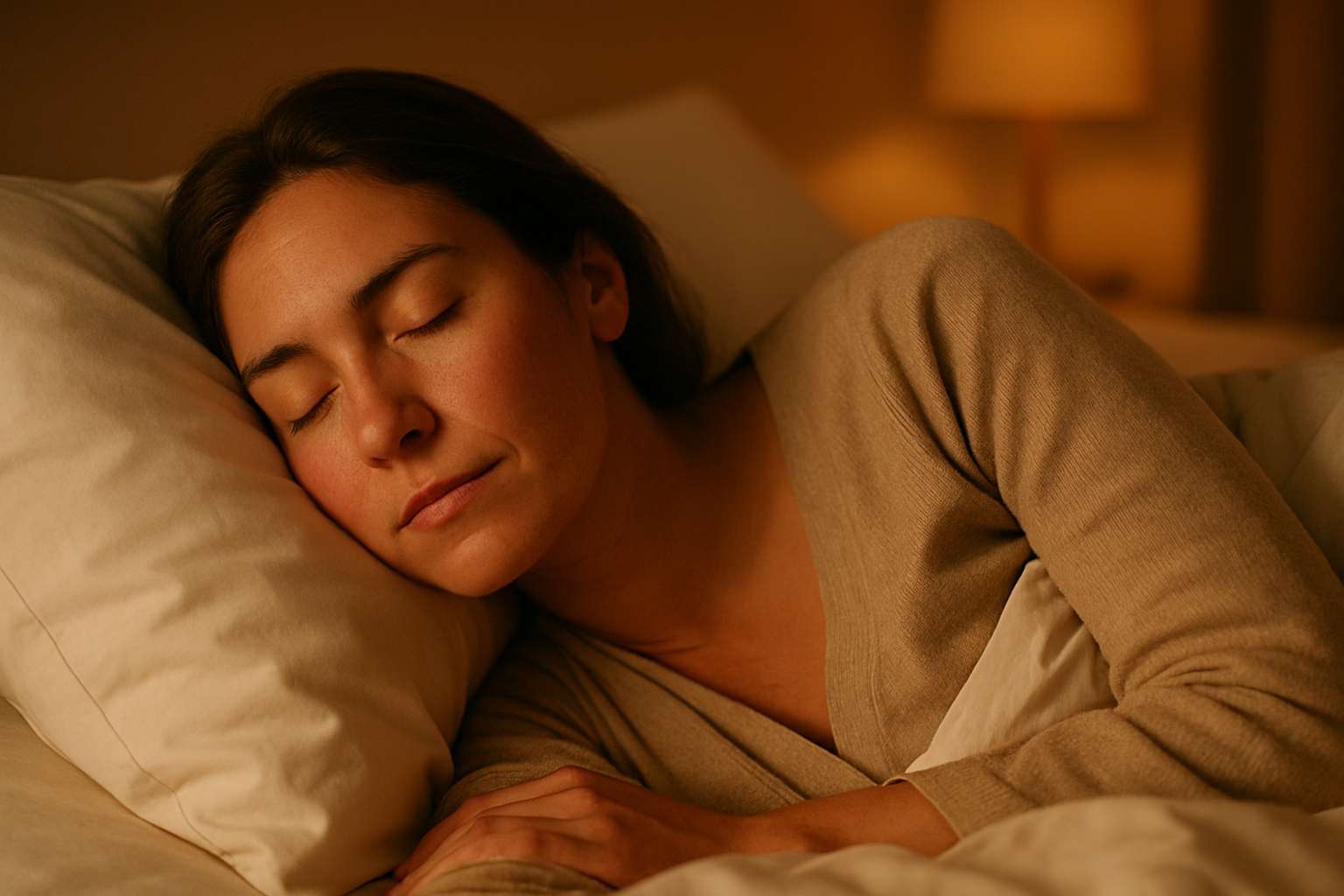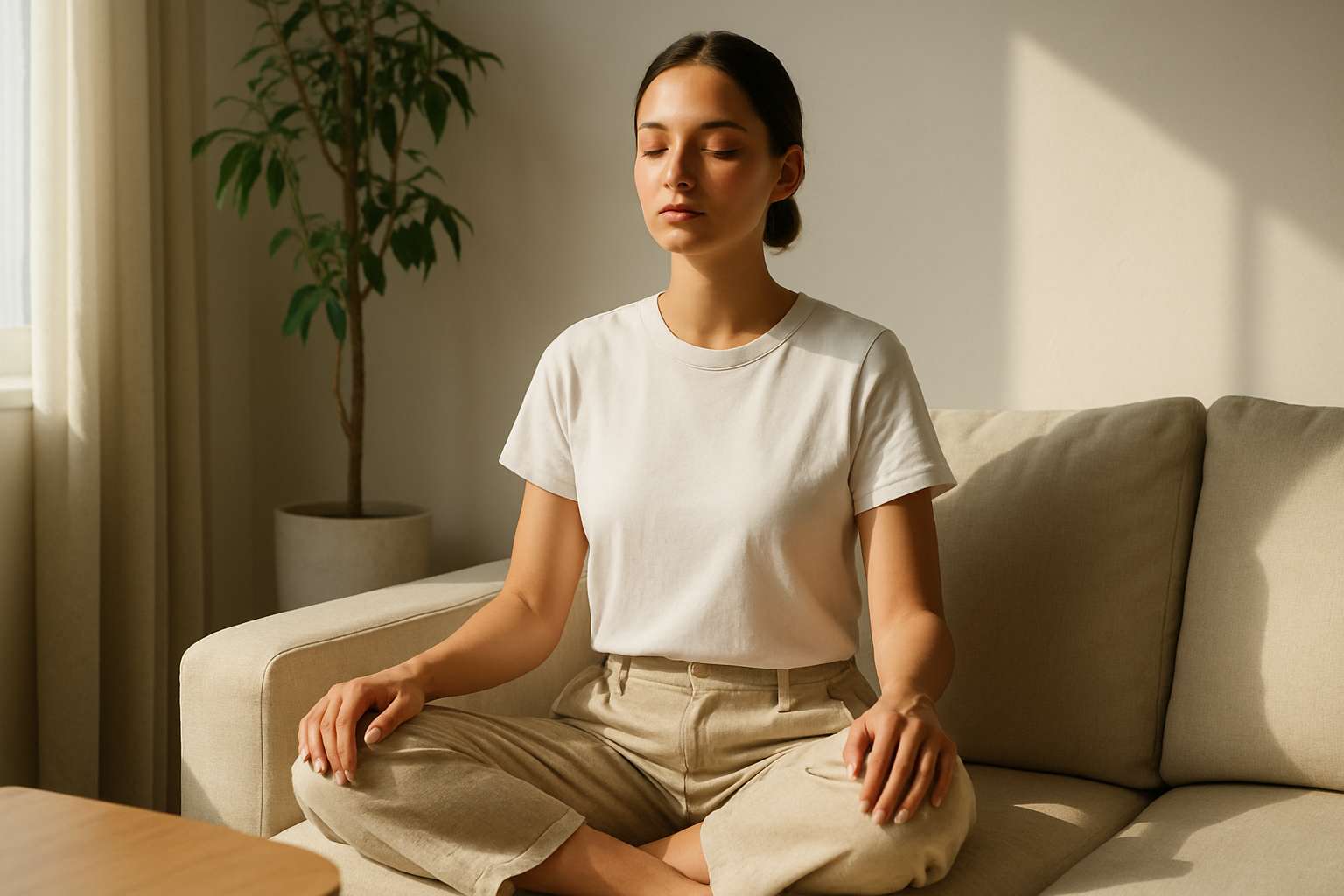Essential Acupressure Points to Ease Arthritis Pain in Cold Weather
When colder temperatures set in, arthritis pain can intensify, causing discomfort in joints, especially in areas like the knees, lower back, and shoulders. The practice of acupressure offers a natural and non-invasive way to manage arthritis pain by stimulating specific points on the body to encourage relief and relaxation. To gain expert insight on this topic, we consulted Ms. Mai Sogawa, a TCM Therapist from Japan with extensive knowledge of Traditional Chinese Medicine (TCM) here. In this article, we’ll explore seven acupressure points that can help provide arthritis relief during chilly weather, as recommended by Ms. Mai. If you’re new to acupressure, our comprehensive guide is a great place to start.
How Acupressure Works for Arthritis Relief
Acupressure involves applying pressure to specific points on the body to encourage circulation and release blockages in energy, or “qi,” that can accumulate and contribute to pain. By pressing on these points, we may improve blood flow and encourage the body’s own natural pain relief mechanisms, which can be particularly beneficial for arthritis sufferers dealing with the damp and cold effects of winter.
1. Zusanli (ST-36) for Knee Pain
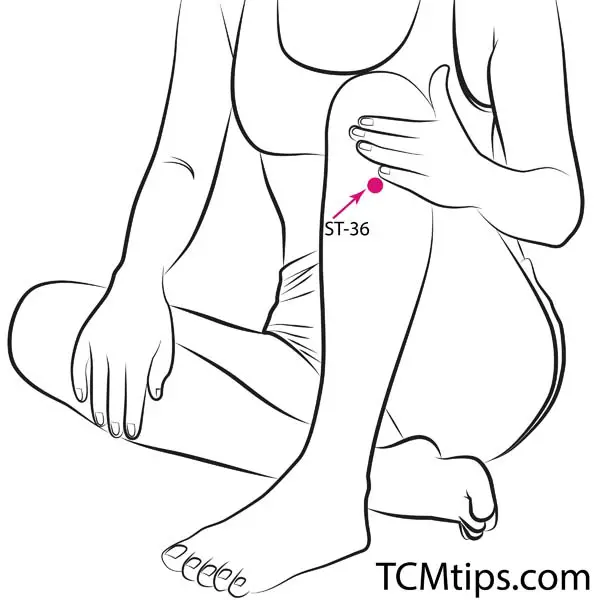
Zusanli, located on the stomach meridian, is a versatile point known for boosting immunity, energy, and blood circulation. This point, found about four finger widths below the kneecap and one finger width to the outer side of the shinbone, is essential for relieving arthritis pain in the knees.
- Benefits: Stimulates circulation and helps reduce inflammation, which can lessen pain in the knee joint.
- How to Apply: Press down on Zusanli with firm but gentle pressure for 1-2 minutes on each knee. This can be done daily, particularly when experiencing stiffness.
2. Liangqiu (ST-34) for Quick Knee Pain Relief
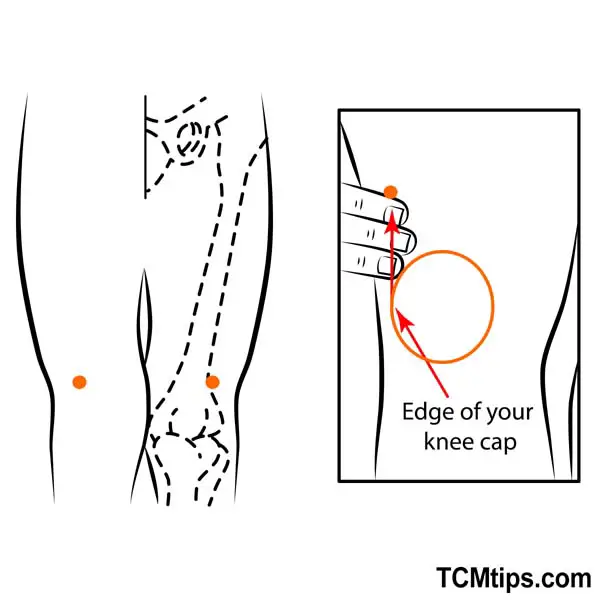
Liangqiu, another stomach meridian point, is highly effective for knee-related arthritis pain. It’s located three finger widths above the kneecap on the front of the thigh.
- Benefits: Known for addressing acute pain and stiffness in the knee, especially useful for cold-weather flare-ups.
- How to Apply: Apply steady pressure on this point for about 1 minute, repeating on both legs. This point can be used as a quick remedy whenever knee pain flares up.
3. Dubi (ST-35) for Joint Flexibility
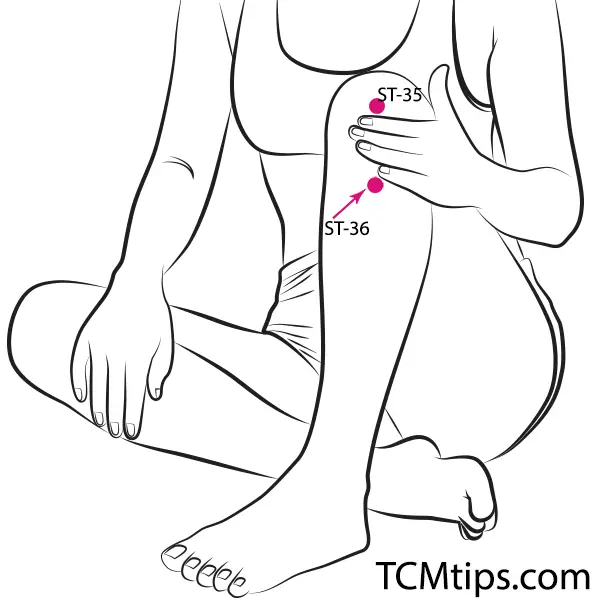
Dubi, often referred to as the “calf’s nose” due to its position near the knee, is another powerful point for knee arthritis pain. Located just below the kneecap on the outer side, Dubi is essential for improving knee joint flexibility.
- Benefits: Reduces knee swelling, encourages movement in the joint, and can ease stiffness.
- How to Apply: Use your thumb to apply pressure to Dubi for about 1-2 minutes. Repeat on each knee, ideally twice a day.
4. Weizhong (BL-40) for Lower Back Pain
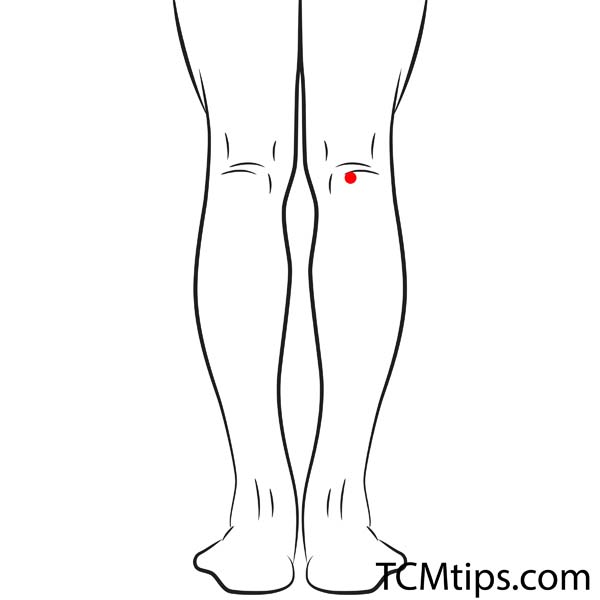
Weizhong is a key acupressure point located on the back of the knee and is often used in TCM for lower back discomfort. This point on the bladder meridian is crucial for alleviating pain that radiates from the lower back down to the legs.
- Benefits: Known for relieving lower back tension, reducing stiffness, and improving energy flow along the bladder meridian.
- How to Apply: Gently press Weizhong with your fingers or thumb, holding for 1 minute. Applying this pressure daily can provide ongoing relief for lower back pain.
5. Zulinqi (GB-41) for Hip and Lower Back Connection
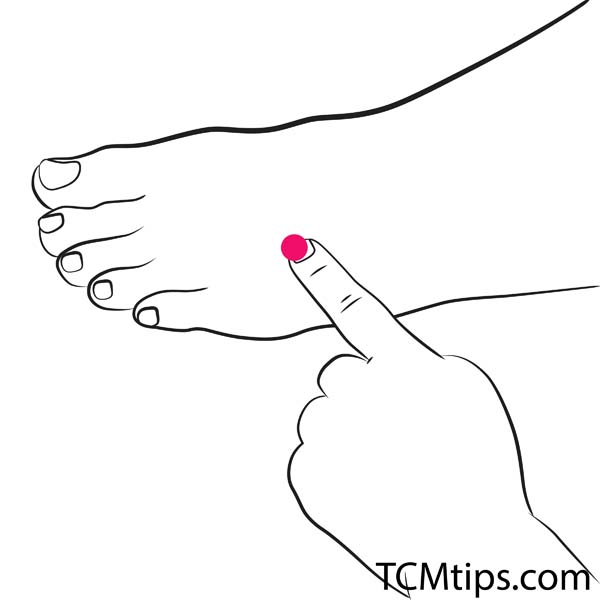
Zulinqi, found on the gallbladder meridian, is located between the fourth and fifth toes. This point not only relieves lower back pain but also helps to ease hip pain and stiffness.
- Benefits: This point is highly effective for releasing tension in the hips and lower back, helping with balance and flexibility.
- How to Apply: Firmly press Zulinqi for 1-2 minutes on each foot. Applying pressure to this point can help relax the hip area and alleviate lower back pain.
6. Shenshu (BL-23) for Lower Back Warmth and Pain Relief
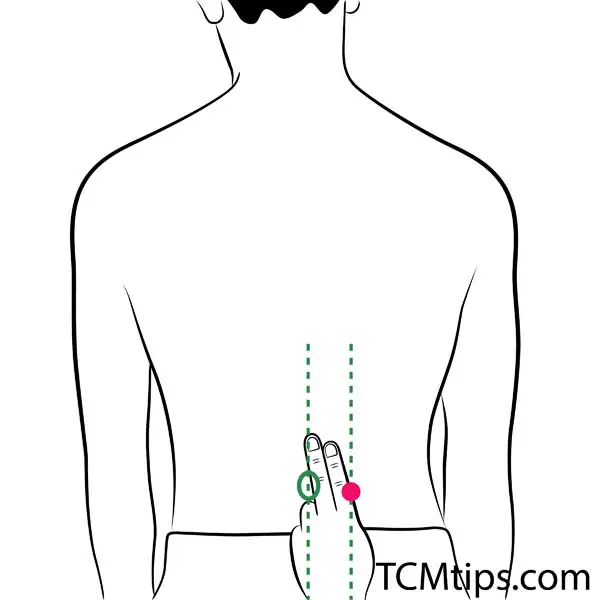
Shenshu, found on the lower back near the waistline, is known in TCM for promoting kidney health but is also instrumental in providing relief for cold-induced lower back pain.
- Benefits: Helps generate warmth and circulation in the lower back, reducing stiffness and alleviating pain associated with arthritis.
- How to Apply: Apply moderate pressure to Shenshu for about 1 minute on each side. This can be particularly helpful on colder days to maintain warmth in the lower back region.
7. Jianjing (GB-21) for Shoulder Pain Relief
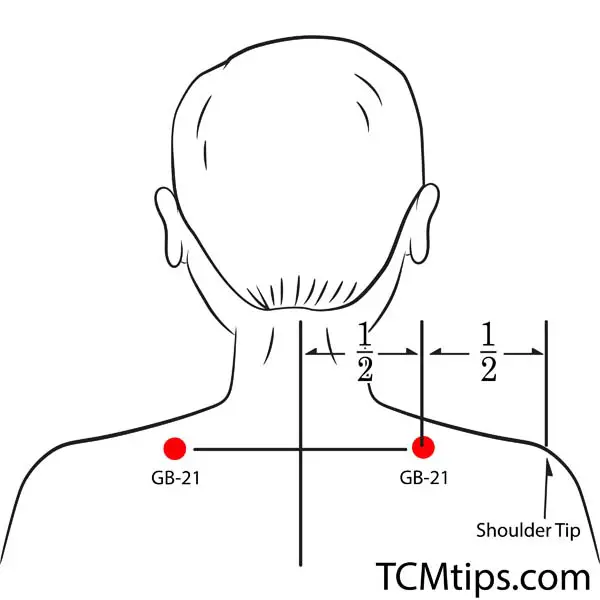
Jianjing, located on the shoulder between the neck and shoulder blade, is a popular point for easing upper body and shoulder pain. Cold weather can often increase tension in this area, making this point highly beneficial.
- Benefits: Alleviates stiffness and tension in the shoulder, improves blood flow to the neck and upper back, and can help relax the upper body.
- How to Apply: Press Jianjing firmly for about 1 minute on each shoulder. Since this point can feel tender, be mindful to apply pressure within a comfortable range.
Tips for Using Acupressure During Cold Weather
- Warm Up the Area: Cold weather can stiffen muscles and joints, so it’s helpful to warm the area with a hot compress before applying pressure to acupressure points. This encourages circulation and prepares the muscles for stimulation.
- Use Acupressure Regularly: Consistency is key in managing arthritis pain with acupressure. Try to incorporate it into your daily routine, especially on days when the weather is cold and damp.
- Pair with Gentle Exercises: Gentle stretches or movements that focus on joint flexibility can complement the effects of acupressure. Yoga and Tai Chi are great options for arthritis sufferers.
- Stay Hydrated and Nourished: Proper hydration and a balanced diet can support joint health, making acupressure more effective in reducing stiffness and pain.
Final Thoughts
Acupressure offers an accessible, at-home method to relieve arthritis pain, especially in colder weather when joints are more likely to feel stiff and achy. By targeting points for common areas affected by arthritis, like the knees, lower back, and shoulders, individuals can find daily relief without the need for invasive treatments. Always remember to apply gentle, consistent pressure and, if needed, seek the guidance of a TCM practitioner like Ms. Mai Sogawa to ensure you’re using the most effective techniques for your body’s needs.
For those eager to deepen their understanding of TCM’s benefits, exploring additional resources on acupressure techniques can be invaluable in achieving lasting pain relief and improving joint flexibility year-round.

Try our Anti-Aging Gua Sha Tool designed to bring out your skin’s natural glow.
Best Gua Sha Product- Anti-Aging: The tool is designed to target 11 specific aging signs such as wrinkles and sagging skin. By following the 7-step routine, users can improve skin firmness and reduce fine lines naturally.
- Enhances Skincare Routine: It works effectively with serums and lotions, boosting absorption and efficacy of skincare products.
- Visible Skin Improvement: Users can expect a smoother complexion, reduced puffiness, and a more youthful appearance.
 P. Sze
P. Sze 